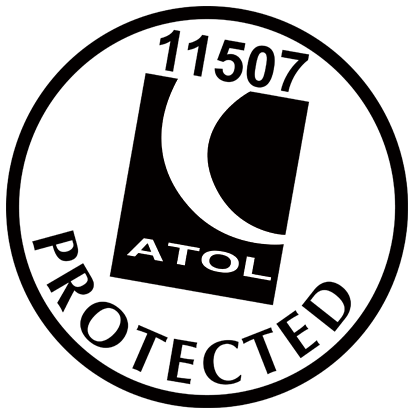Croatia
Jewels of the Adriatic, from Ancient Cities to Island Escapes
Holidays in Croatia
Your Guide to Croatia
Imagine gazing out over a sea of impossible turquoise, dotted with green islands, from the ancient stone walls of a city that looks like a film set (and often is!). Picture yourself swimming in crystal-clear waterfalls within a lush national park, exploring Roman palaces that now house bustling cafes, or hopping between charming islands via ferry. This is the magic of Croatia, a country blessed with one of the world's most spectacular coastlines, a rich and complex history, vibrant culture, and increasingly renowned food and wine.
For first-time visitors, Croatia often means heading straight for the Dalmatian coast – perhaps exploring the magnificent walled city of Dubrovnik, discovering Split built around a Roman palace, and hopping to popular nearby islands like Hvar or Brač. But Croatia offers so much more for returners or those seeking different experiences: the Italianate charm and truffle-hunting region of Istria in the north, the incredible natural beauty of Plitvice Lakes National Park inland, sailing adventures through countless islands, or exploring quieter gems like Korčula or Vis.
Getting to Croatia
Flights: Numerous airlines including British Airways, Croatia Airlines, EasyJet, Ryanair, Jet2, TUI, and Wizz Air operate direct flights from London and many regional UK airports to various Croatian destinations. Key gateways include:
- Dubrovnik (DBV): Main airport for southern Dalmatia, serving the famous walled city and nearby islands/coastline. Extremely popular route from the UK in summer.
- Split (SPU): Major hub for central Dalmatia, serving Split, Trogir, and providing ferry access to islands like Hvar, Brač, and Vis. Also very well-served from the UK.
- Zagreb (ZAG): The capital city's airport, serving inland Croatia and acting as a hub for Croatia Airlines. Useful for visiting Plitvice Lakes or combining Croatia with other countries. Fewer direct UK flights than coastal airports.
Transport options in Croatia
Ferries & Catamarans (Island Hopping), Buses/Coaches, Rental Cars.
Official Spoken Languages
The official language is Croatian, a South Slavic language using the Latin alphabet. In the Istrian peninsula, Italian is also widely spoken due to historical ties.
Don't worry though – English is widely spoken and understood throughout Croatia's tourist areas (hotels, restaurants, shops, tour operators), especially along the coast and by younger generations. Croatia generally has a high level of English proficiency in the tourism sector.
Weather & Climate
For the classic Croatian holiday combining coast, islands, and sightseeing, late Spring (May-June) and September generally offer the best balance of great weather, warm seas, and manageable crowds. July and August guarantee heat and buzz but are very busy and expensive.
Must-Do Experiences in Croatia
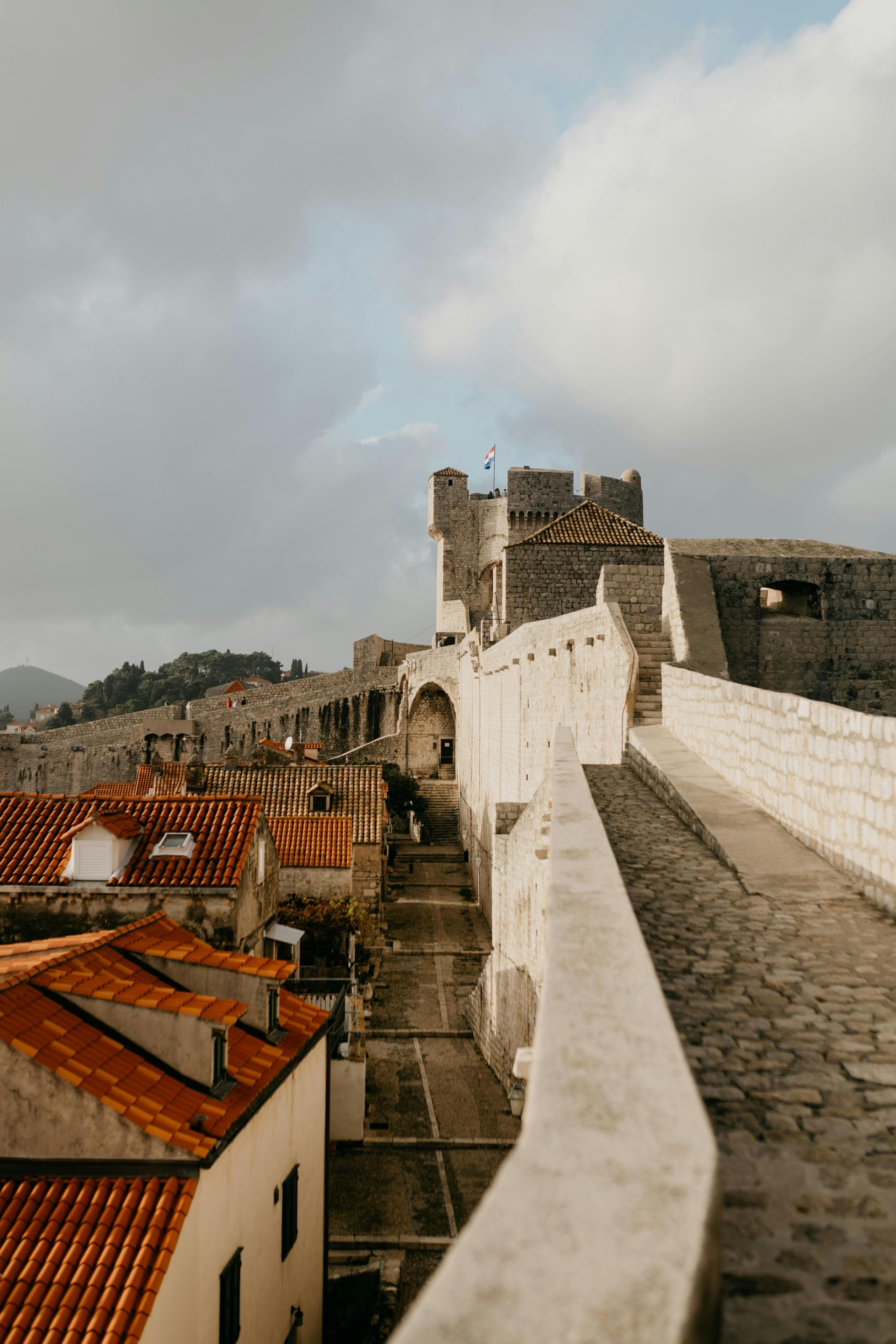
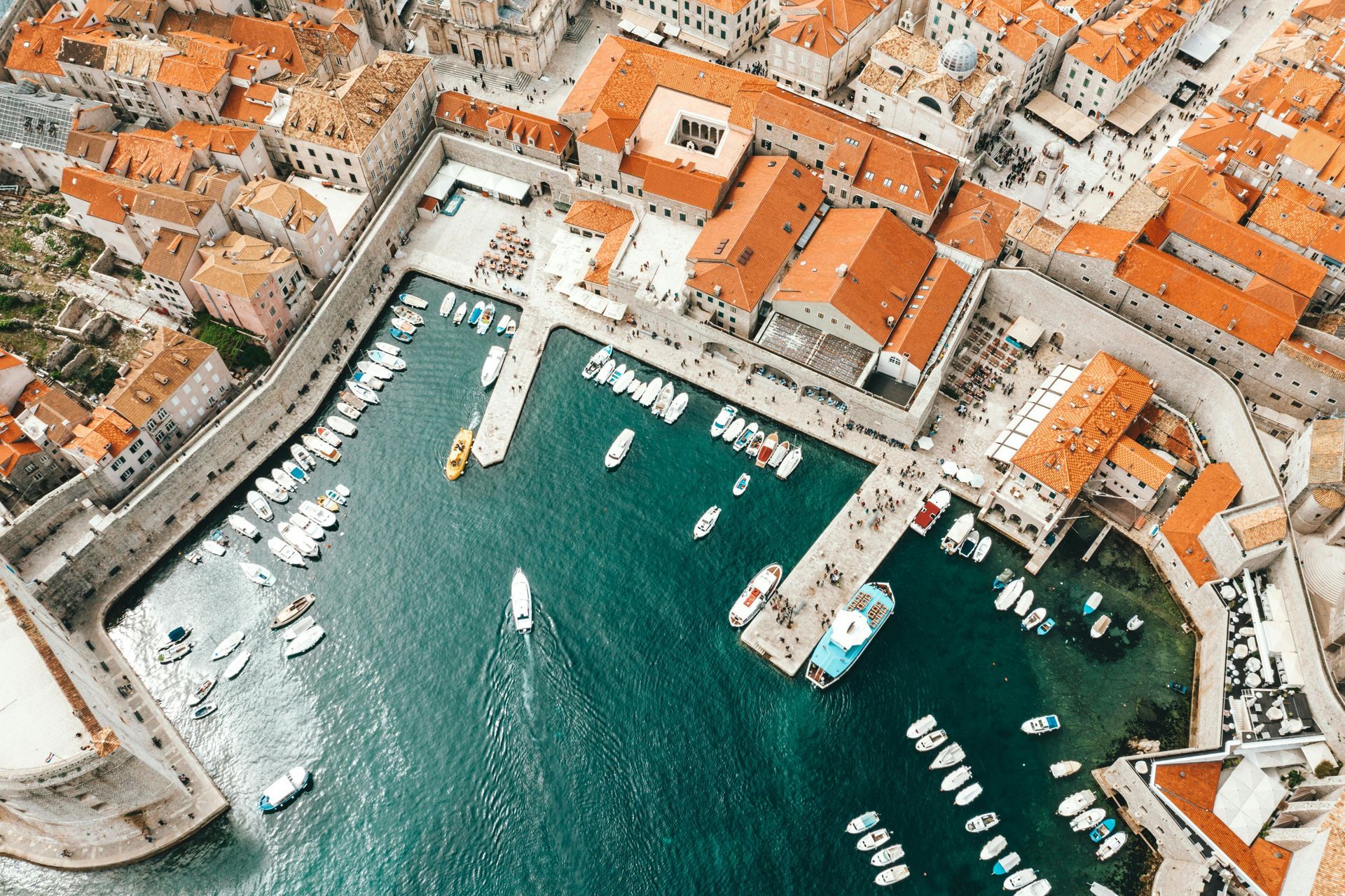
Walk Dubrovnik's Ancient City Walls
Step into a real-life King's Landing! Walking the complete circuit of the magnificent medieval city walls surrounding Dubrovnik's UNESCO-listed Old Town is an unforgettable experience, offering breathtaking views over the terracotta rooftops, narrow streets, and the sparkling Adriatic Sea. Explore the limestone-paved main street (Stradun), discover hidden alleyways, visit historic churches and palaces, and perhaps take a sea kayak tour for a different perspective. Go early or late to avoid the midday sun and biggest crowds.

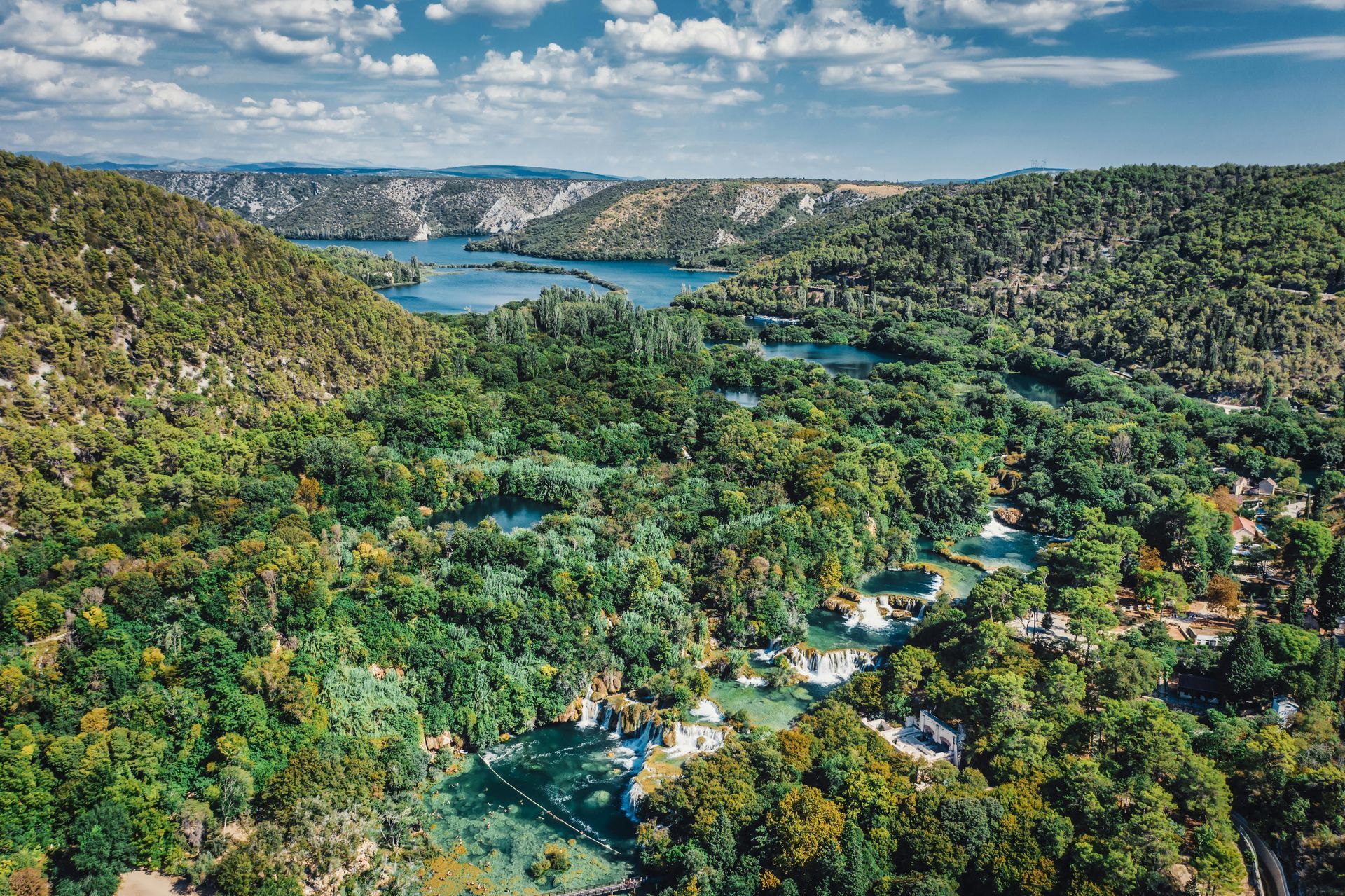
Marvel at Plitvice Lakes National Park
Witness one of Europe's most stunning natural wonders. This UNESCO World Heritage site features a chain of 16 terraced lakes interconnected by numerous spectacular waterfalls. Wooden boardwalks meander through the park, allowing you to walk over and alongside the crystal-clear turquoise waters. The lush forest setting adds to the magic. Allow a full day to explore properly. Book tickets online in advance, especially in peak season. (Note: Swimming is not allowed here; for waterfall swimming, visit Krka National Park near Šibenik).
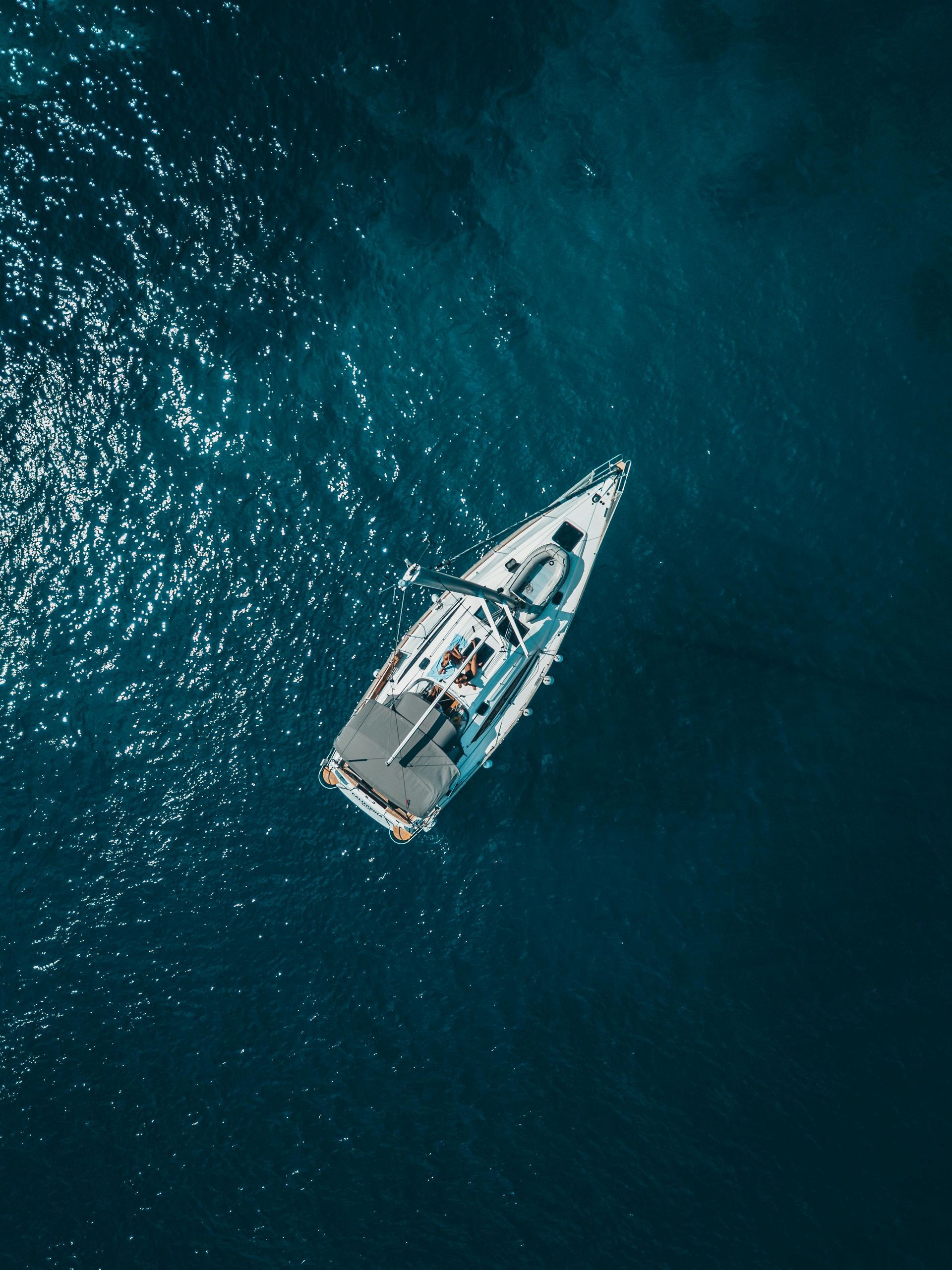
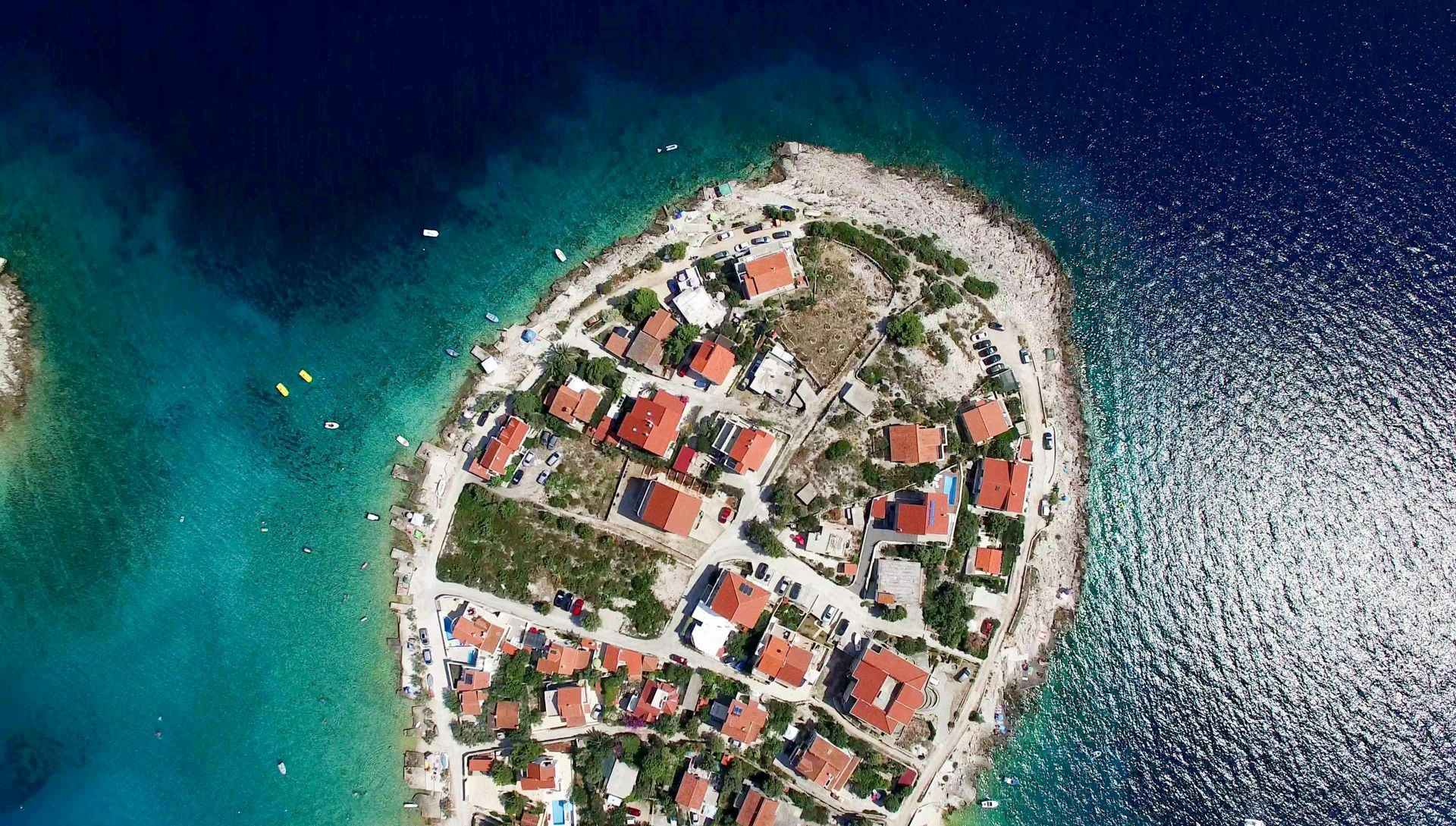
Island Hop the Dalmatian Coast
With over a thousand islands, exploring some is essential! From Split, popular choices include lively Hvar (known for its glamorous town, lavender fields, and nightlife), Brač (home to the iconic, ever-changing Zlatni Rat/Golden Horn beach), or the more remote and beautiful Vis (think stunning coves and the nearby Blue Cave). From Dubrovnik, consider lush, green Mljet (with its saltwater lakes within a national park), historic Korčula (a charming 'mini-Dubrovnik'), or the easily accessible Elaphiti Islands for a day trip. Ferries make hopping easy, especially in summer.
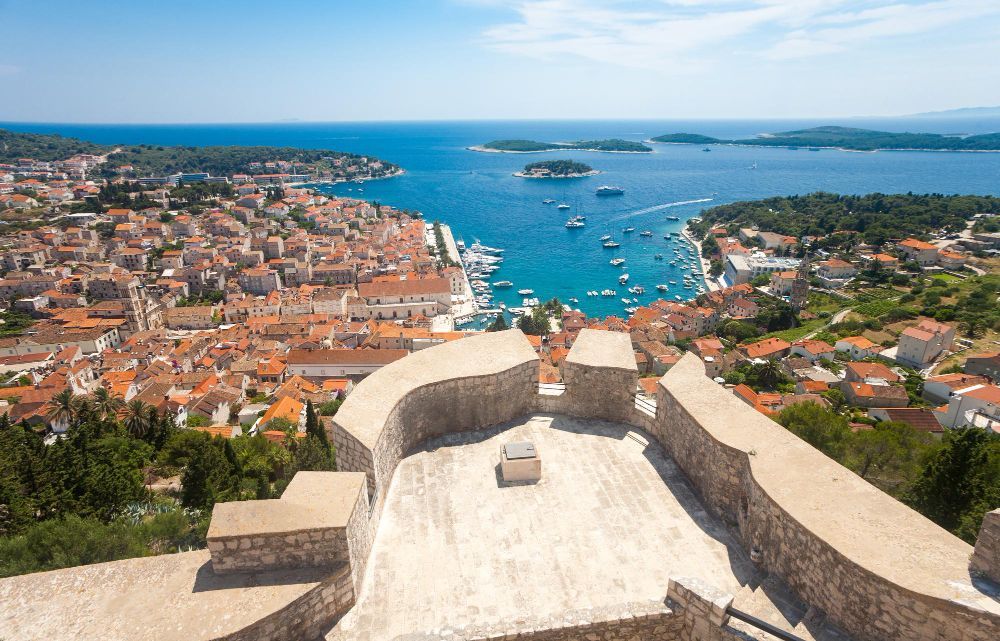

Explore Split's Living Roman Palace
Discover Croatia's vibrant second city, uniquely built within the sprawling remains of the Palace of Roman Emperor Diocletian (UNESCO site). Wander through the ancient passageways where history comes alive – Roman walls now house bustling cafes, shops, and apartments. Explore key sites like the Peristyle central court, the Cathedral (originally Diocletian's Mausoleum), Temple of Jupiter, and the atmospheric subterranean cellars. Afterwards, enjoy a stroll along the Riva, Split's lively seafront promenade.
Tips for First-Time Visitors
Croatia's coastline is stunningly beautiful with incredibly clear water, but most beaches are pebble or rock, not sandy (though some sandy spots exist). Packing a pair of water shoes is highly recommended! They'll make walking on pebbles much more comfortable and protect your feet when swimming, especially as sea urchins can sometimes be found in rocky areas.
Beach Reality: Pack Water Shoes!
For a taste of traditional Croatian cuisine and hospitality, look for restaurants called a 'Konoba'. Historically simple cellars or taverns, today they often represent places serving local specialities (like grilled fish, 'peka' - meat/veg cooked under a metal dome, prosciutto, cheese, local wine) in a rustic, cosy, often family-run atmosphere. It's a great way to experience authentic flavours beyond standard tourist menus.
Seek Out a 'Konoba' for Authentic Food
Croatian bakeries (pekara or pekarnica) are ubiquitous and fantastic value. They are perfect for grabbing a quick, cheap, and tasty breakfast or snack. Look for savoury pastries like 'burek' (flaky pastry filled with cheese, meat, or spinach – delicious!), various breads, pizza slices (pizza cut), sandwiches (sendvič), and sweet treats. Ideal fuel for sightseeing!
Bakeries ('Pekara') are Your Best Friend
Good news for simplicity! Since January 1, 2023, Croatia uses the Euro (€). While credit/debit cards are widely accepted in tourist destinations, hotels, larger restaurants, and supermarkets, it's still essential to carry some Euro cash. You'll need it for smaller cafes, local markets, paying for buses or ferries sometimes, tips, small souvenir shops, particularly on smaller islands or in more rural areas. ATMs are widely available.
Currency is Now the Euro (€)
Croatia: Where History Sparkles on the Adriatic
Croatia offers a truly spectacular European escape, dazzling visitors with its stunning Adriatic coastline dotted with countless islands, its crystal-clear turquoise waters, beautifully preserved historic cities, and breathtaking national parks. Add to this delicious Mediterranean cuisine, increasingly good wines, and a warm welcome, and it's easy to see why it has become such a popular destination.
With numerous direct flights from the UK, especially during the summer months, exploring Croatia's treasures is easier than ever. Whether you're walking ancient city walls, hopping between idyllic islands, swimming under waterfalls, or simply enjoying fresh seafood by the harbour, Croatia promises a diverse, beautiful, and unforgettable journey. Doviđenja! (Until we meet again!)

